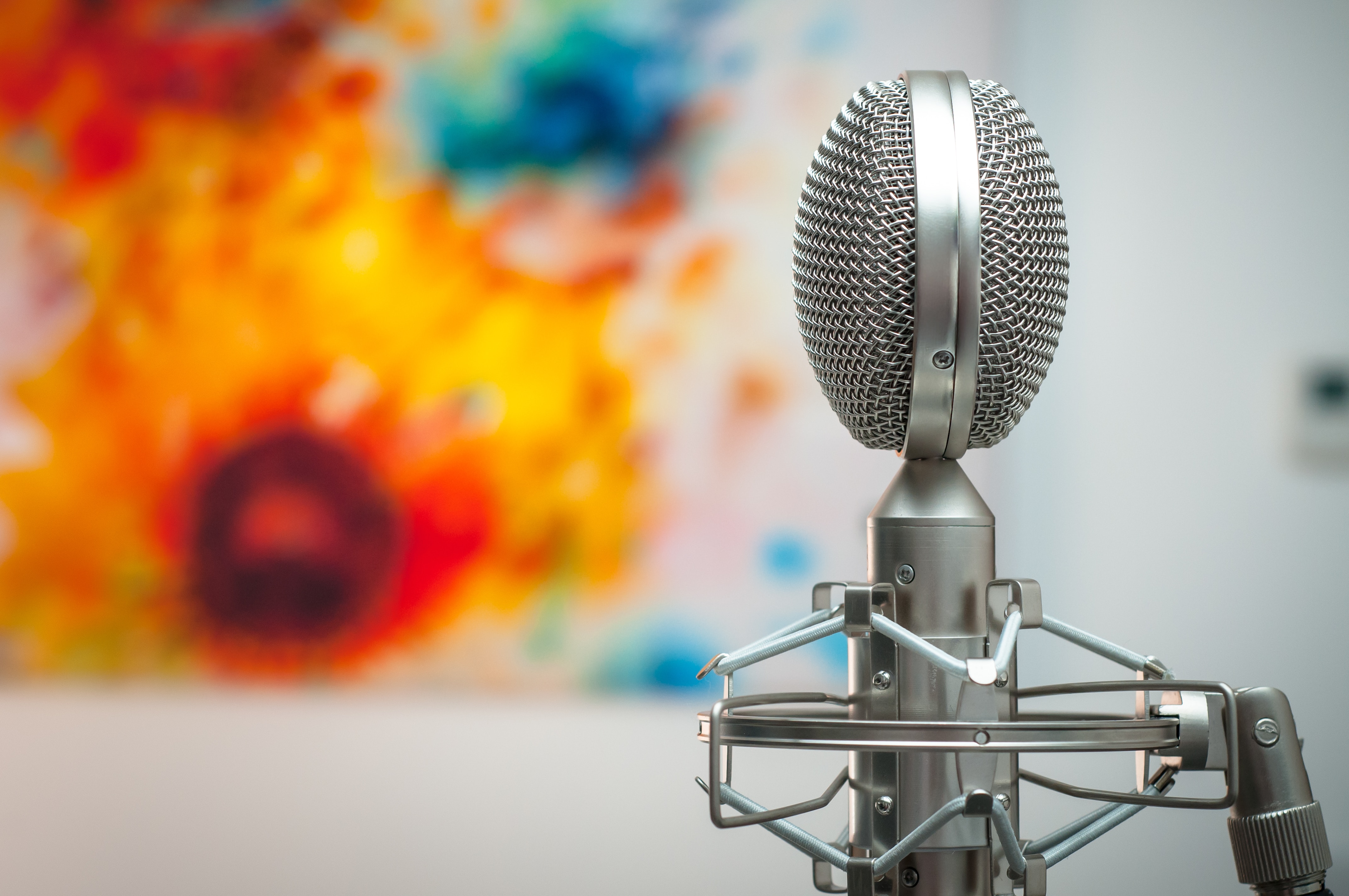When it comes to virtual meetings and podcasting, clear and crisp audio is essential. Whether you're speaking to a group of colleagues or recording a podcast for your audience, you want to ensure that your message is heard loud and clear. And that's where having a good microphone comes in. In this article, we'll explore the importance of a good microphone for business meetings and podcasting, what to look for when buying one, and some of the most popular brands on the market.
Why a Good Microphone Matters for Business Meetings and Podcasting
When attending a virtual meeting or recording a podcast, audio quality can make or break the experience. Poor audio can lead to frustration and miscommunication, causing participants to tune out or miss important information. On the other hand, clear and crisp audio can enhance engagement and improve comprehension.
A good microphone can help achieve clear and crisp audio by minimizing background noise and capturing your voice with precision. It can also reduce echo and distortion, resulting in a more natural and authentic sound.
For business meetings, a good microphone can make remote communication feel more like face-to-face interaction. It can help ensure that all participants are heard and understood, regardless of their location or the quality of their internet connection. This can lead to more productive and efficient meetings, as well as a stronger sense of teamwork and collaboration.
For podcasting, a good microphone is even more critical. Your audience will be listening to your voice for extended periods, so it's important to make sure that it sounds pleasant and clear. A good microphone can also help distinguish your podcast from the sea of others out there, allowing you to stand out and build a loyal following.
What to Look for When Buying a Microphone
Now that you understand the importance of a good microphone for business meetings and podcasting, it's time to consider what to look for when buying one. Here are some key factors to keep in mind:
Microphone Type: There are several types of microphones, including dynamic, condenser, and ribbon. Dynamic microphones are best for recording vocals and live performances, while condenser microphones are ideal for recording in a studio or controlled environment. Ribbon microphones are typically the most expensive and are used for high-end recording.
Connectivity: Microphones can connect to your computer or device via USB, XLR, or 3.5mm jack. USB microphones are the easiest to use and are ideal for beginners, while XLR microphones offer more control and flexibility. 3.5mm jack microphones are the most basic and typically provide the lowest quality sound.
Directionality: Microphones can be directional or omnidirectional. Directional microphones capture sound from a specific direction, while omnidirectional microphones capture sound from all directions. Directional microphones are ideal for recording in noisy environments, while omnidirectional microphones are best for recording in quiet spaces.
Frequency Response: This refers to the range of frequencies that the microphone can capture. A wider frequency response means that the microphone can capture a broader range of sounds, resulting in a more natural and authentic sound.
Sensitivity: This refers to how well the microphone can pick up sound. Higher sensitivity means that the microphone can capture quieter sounds, while lower sensitivity means that it will only pick up louder sounds.









